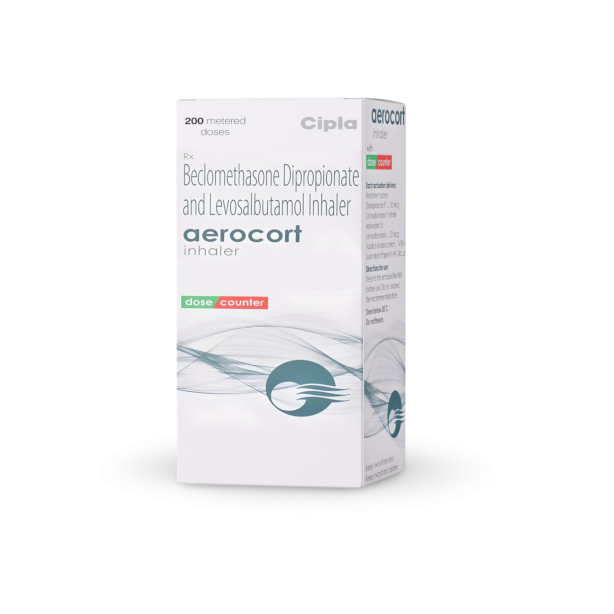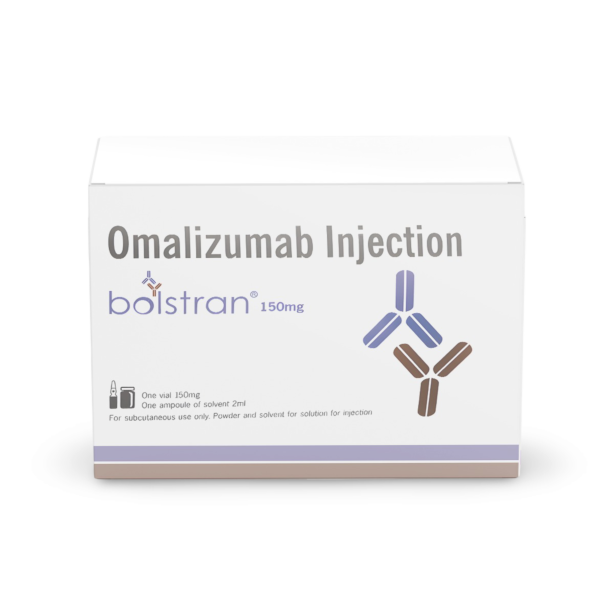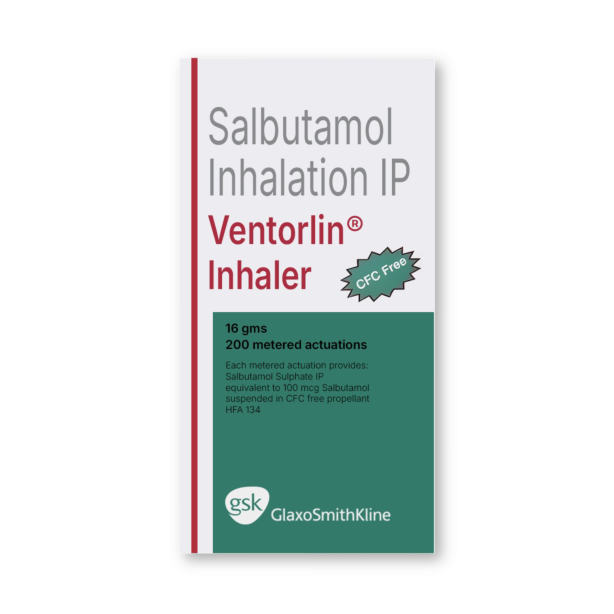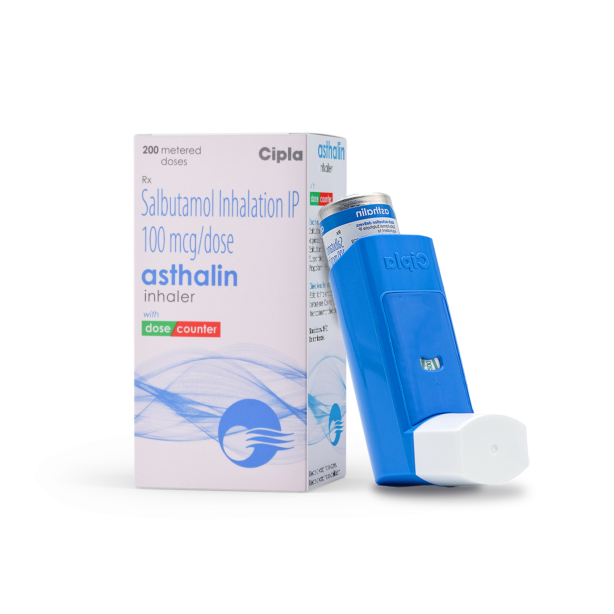Asthma is a chronic respiratory condition characterized by recurring episodes of breathlessness, wheezing, chest tightness, and coughing. It can significantly impact quality of life. However, tremendous advances in understanding and treatment have transformed it. Today, it is a highly manageable condition for most patients.
Modern Asthma treatment is increasingly personalized, focusing on individual triggers, symptom patterns, and specific Asthma types. Treatment options range from daily controller medications to emergency rescue inhalers, from innovative biologic therapies to practical lifestyle modifications.
In this article, we will look into the most effective Asthma treatment approaches available today—how they work, who they benefit most, and what to expect when implementing them as part of your Asthma management plan, so read on.
Asthma treatments
Managing Asthma effectively involves two main types of treatment: quick-relief medications for sudden symptoms and long-term control medications for daily management. Both work together to help reduce flare-ups and improve breathing over time.
Save up to 90% on your medicine bills

Aerocort Inhaler 50 mcg + 50 mcg

Bolstran 150 mg Injection

Ventorlin CFC Free Inhaler 100 mcg/18 mg

Asthalin HFA Inhaler 100 mcg
Quick-relief medications
Quick-relief or rescue medications provide rapid relief from Asthma symptoms or attacks by relaxing the airway muscles, allowing for improved airflow almost immediately.
- Short-Acting Beta Agonists (SABAs): Asthma medications like Albuterol work by relaxing the muscles around the airways within minutes. Every person with Asthma should always keep a rescue inhaler within easy reach.
- Anticholinergics: Ipratropium (Atrovent) may be used for more severe symptoms, especially in emergencies. They work by blocking the neurotransmitter acetylcholine, helping to relax and open airways further.
- Oral corticosteroids: During severe Asthma flare-ups, short courses of oral corticosteroids may be prescribed. These powerful anti-inflammatory medications are highly effective but are only used for the short term due to potential side effects.
Long-term control medications
Daily maintenance medications are the basis of treatment for Asthma, preventing symptoms by addressing the underlying inflammation.
- Inhaled Corticosteroids (ICS): Medications like Fluticasone and Budesonide (Pulmicort Flexhaler) reduce airway inflammation and are considered the most effective long-term control medication for all Asthma severity levels.
- Combination inhalers: For patients who need additional control, combination inhalers like Fluticasone/Salmeterol and Budesonide/Formoterol pair an ICS with a Long-Acting Beta-Agonist (LABA). This combination is more effective than increasing ICS doses alone.
- Leukotriene modifiers: Medications such as Montelukast (Singulair) block chemicals that contribute to Asthma symptoms and are particularly useful for Allergic Asthma and Exercise-Induced Asthma.
- Biologics: For patients with severe Asthma, biologics like Omalizumab, Mepolizumab (Nucala), and Dupilumab target specific antibodies or cell pathways, offering new hope for those who don’t respond to standard therapies.
Treatments for specific Asthma types
Different Asthma types benefit from targeted treatment approaches based on their unique mechanisms and triggers.
- Exercise-induced Asthma: Treatment includes using a Short-Acting Bronchodilator like Albuterol also known as Salbutamol 15–30 minutes before activity. Other strategies include warm-ups, masks in cold weather, and daily use of Montelukast if symptoms are frequent.
- Allergic Asthma: Treatment combines standard medications with allergy management strategies such as Antihistamines, nasal corticosteroids, and Omalizumab for severe allergic responses.
- Cough variant Asthma: It is best managed with Inhaled Corticosteroids and sometimes Leukotriene Modifiers, especially when coughing is the primary or only symptom.
- Seasonal Asthma: Management includes pre-seasonal use of Inhaled Corticosteroids, Antihistamines, and nasal sprays during peak pollen seasons. For persistent symptoms, Leukotriene Modifiers or combination inhalers may be used. Patients are advised to monitor air quality and limit exposure during high-pollen periods.
- Non-Allergic Asthma: This form often requires higher doses of Inhaled Corticosteroids and Long-Acting Beta-Agonists (LABAs). Avoiding non-allergic triggers like chemical fumes, cold air, or emotional stress is essential. In severe cases, Tiotropium or biologics targeting inflammatory pathways may be prescribed.
- Eosinophilic Asthma: Treatment involves high-dose inhaled corticosteroids and systemic corticosteroids during flare-ups. Biologics such as Mepolizumab, Benralizumab, or Reslizumab, which target eosinophilic inflammation, are often used for long-term control and to reduce steroid dependency.
- Adult-onset Asthma: Often more persistent, this type is managed with a combination of Inhaled Corticosteroids, LABAs, and possibly biologics in severe cases. Identifying triggers such as hormonal shifts, workplace irritants, or infections is essential for successful management.
Breathing techniques and airway clearance
Asthma breathing treatment techniques can complement medication by improving respiratory efficiency and reducing symptom severity. When practiced regularly, these techniques help patients better control their breathing patterns during regular times and Asthma episodes.
The most beneficial breathing techniques include:
- Diaphragmatic breathing: Focuses on using the diaphragm properly during breathing, maximizing lung efficiency.
- Pursed-lip breathing: Breathe in through the nose and exhale slowly through pursed lips to slow respiration during exacerbations.
- Papworth method: Combines relaxation techniques with specific breathing patterns to reduce symptoms and anxiety.
- Buteyko technique: It focuses on retraining the breath to reduce breathing rate and depth, helping restore respiratory balance and support overall health.
Managing Asthma exacerbations
Asthma exacerbation treatment requires prompt recognition and appropriate intervention based on severity:
- Mild to moderate exacerbations: Increasing the frequency of rescue inhaler use (2–4 puffs every 20 minutes for up to 1 hour) is often the first step. If symptoms persist, oral corticosteroids such as Prednisone are usually initiated.
- Severe exacerbations: Require immediate medical attention with high-dose bronchodilators, systemic corticosteroids, and Oxygen therapy to maintain oxygen saturation.
Having a written Asthma action plan is crucial for proper management.
Lifestyle and environmental modifications
Lifestyle changes and environmental control are essential components of Asthma management.
- Weight management: Reduces inflammation and medication resistance.
- Exercise: Enhances lung capacity and overall health.
- Allergen avoidance: This includes reducing exposure to dust mites, pollen, pet dander, and smoke. High-efficiency particulate air filters and allergen-proof covers are beneficial.
- Stress reduction: Mindfulness and yoga interventions may help lower stress and anxiety, improving quality of life and lung function in individuals with Asthma.
Complementary and alternative approaches
While not replacing conventional treatment, some patients find benefit from complementary approaches like:
- Dietary support: Enhancing diet quality by consuming more whole grains, fruits, and vegetables, and reducing saturated fats may help improve airway inflammation, Asthma control, and the risk of flare-ups.
- Vitamin D supplementation: May benefit Asthma control in deficient individuals.
- Acupuncture: Shows promise for Asthma symptom relief in select cases.
Always consult a healthcare provider before integrating these approaches. They are not substitutes for proven therapies.
Conclusion
Asthma treatment has evolved into a highly personalized approach that combines pharmacological interventions with lifestyle modifications personalized to each patient’s specific Asthma type, severity, and triggers.
Treatment includes quick-relief inhalers and long-term control medications like Inhaled Corticosteroids, lifestyle changes, breathing exercises, and advanced options such as biologics for severe cases. Managing triggers, staying consistent with prescribed therapy, and maintaining an Asthma Action Plan are key to long-term control.
Complementary approaches like Vitamin D, a balanced diet, and stress reduction may support symptom management but should not replace medical treatment.
With a personalized plan guided by your healthcare provider, Asthma can be effectively controlled, allowing you to live an active, healthy life with fewer flare-ups and better daily breathing.

Frequently Asked Questions
Can breathing treatments help Asthma?
Yes, breathing treatments using nebulizers deliver medication as a mist that can be inhaled deeply into the lungs. They’re particularly effective during moderate to severe symptoms when patients might struggle with regular inhaler use.
How does Asthma affect dental treatment?
Asthma can complicate dental procedures due to anxiety triggers, medication interactions, and positioning challenges. Inform your dentist about your Asthma, bring your inhaler, and consider pre-treatment with rescue medication if your doctor recommends it.
How much does Asthma treatment cost?
Asthma treatment costs vary widely, from $50-$100 monthly for basic medications to $1,000+ for biologics. Insurance coverage significantly affects out-of-pocket expenses, while patient assistance programs can help reduce costs for qualifying individuals.
Do children outgrow Asthma?
Some children may experience reduced Asthma symptoms as they grow older, particularly those with mild symptoms triggered by viral infections. However, Asthma often persists into adulthood and requires ongoing management and monitoring.
How often should I see my doctor for Asthma?
Patients with well-controlled Asthma should have check-ups every 3-6 months, while those with poorly controlled or severe Asthma may need monthly visits. Regular follow-ups allow for timely adjustment of treatment plans.
When referencing outside resources, GoodrxMedicine always provides full citations. To learn more about the measures we use to maintain the quality of our content, please review our Content Information Policy.











